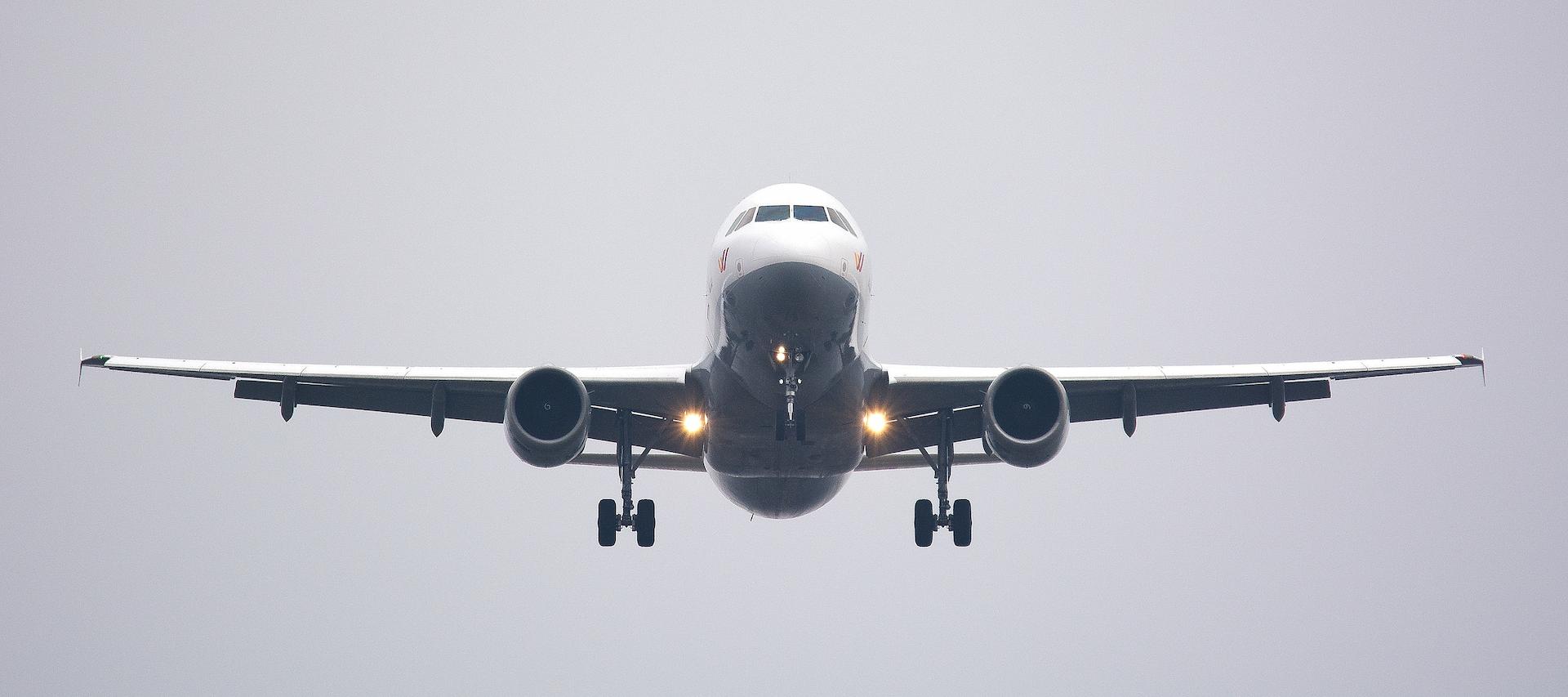According to the class identification label of the drone or the weight, in the case of
privately built drones, they can be operated in different conditions as described
below:
Drones bearing a CE class 0 mark or that are privately built and weigh up to 250 g
can fly in subcategory A1, which means almost everywhere, except over assemblies
of people, or areas that the state has forbidden by imposing a restriction on the
flight of drones (please consult the website of your National Aviation Authority. See
https://www.easa.europa.eu/domains/civil-drones/naa ).
Drones bearing a class identification label 1 can also be operated in subcategory
A1 with the difference that you are required to minimise flying over uninvolved
people.
Drones bearing a class identification label 2 can be operated in subcategory A2,
which means in urban environments, however, you are required to keep a safe
distance from any uninvolved people. As a rule, this minimum distance should be
equal to the height at which the drone is flying (e.g. if you are flying at a height of
30 m, make sure that the closest uninvolved person is at least 30 m from the position where the drone would vertically fall in the event of an incident). In any
case, this distance must never be less than 5 m. In addition, you can also fly in the
conditions defined for subcategory A3. Finally, you must avoid flying in areas that
the state has forbidden by imposing a restriction on the flight of drones.
(Please consult the website of your National Aviation Authority for additional
information.
See https://www.easa.europa.eu/domains/civil-drones/naa).
Drones bearing a class identification label 3 or 4 , or that are privately built and
weigh up to 25 kg, can be operated in subcategory A3. That means that they can
never be operated in urban environments that you need to keep the drone at least
150 m from residential, commercial or industrial areas, and to only operate in areas
where no uninvolved people are present in the range where the drone can be
operated. In any case, you must avoid flying in areas that the state has forbidden
by imposing a restriction on the flight of drones (please consult the website of your
National Aviation Authority for additional information, see
https://www.easa.europa.eu/domains/civil-drones/naa)
For the full image of requirements and limitations applicable to different classes of
drones and conducted operations, please refer to the table below:
* The minimum age can be lowered by the state to 12, in which case, this new
threshold will be valid only in that state.





